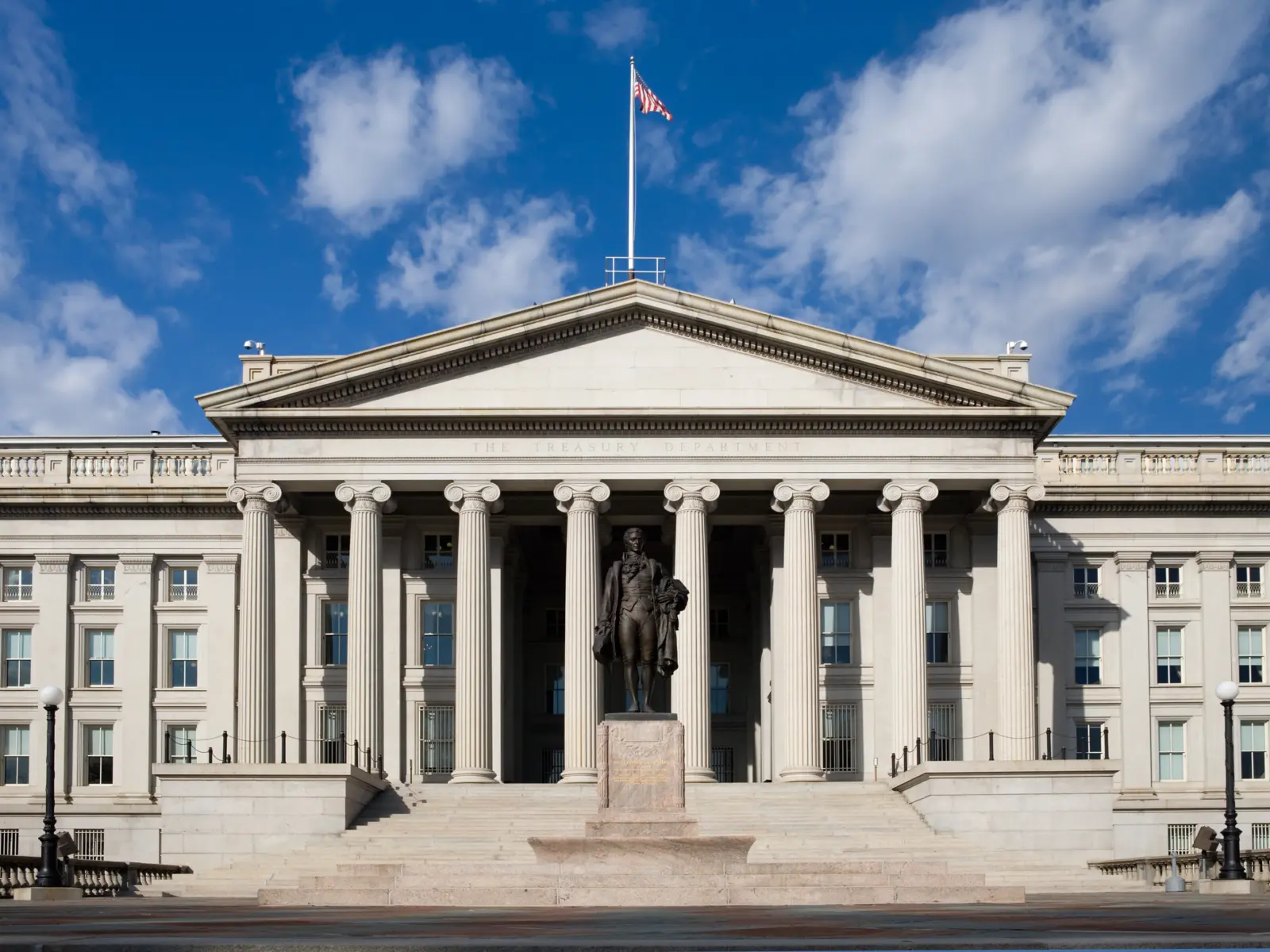The world’s largest financial institution – the U.S. government – has become even larger by expanding its role as a lender to homeowners, businesses, and students amid the economic turbulence arising from the 2008 financial crisis and Covid-19 pandemic. That expansion, enabled by rare bipartisan consensus, underscores the need for careful design, management, and budgeting for federal loan programs. Failure to do so could result in unintended and unwelcome consequences for borrowers and taxpayers alike.
Federal lending is nothing new – think New Deal-era lending to homeowners and businesses and Great Society-inspired expansion of student loan programs – but its recent growth has been remarkable with an outstanding loan portfolio now totaling $5 trillion. The government continues to operate well over 100 programs across a disparate jumble of agencies. Adding to that mix is a slate of new programs now being established to address climate change, infrastructure modernization, and other national priorities.
Loan programs have become a preferred funding mechanism due to an inherent advantage: most are repaid, partially or in full, resulting in significantly lower costs than grants or tax breaks. Budgeting procedures further favor loans by understating certain risks, often allowing them to be made at no upfront cost. The President’s most recent budget shows 75 percent of loan guaranty programs are forecast to have no cost in 2024.
number of loan guaranty programs forecasted to have no cost in 2024
It isn’t hard to see how credit programs have arrived as a preferred form of assistance: they travel along a path of least budgetary – and accompanying political – resistance.
Government lending, however, can be subject to volatile and unpredictable outcomes. This is evident in the cases of two major programs: Federal Housing Administration (FHA) guaranties and student loans. Prior to the financial crisis, FHA’s single-family loan programs were viewed as profit centers, but the crisis revealed their vulnerability when a surge in defaults and delinquencies cost taxpayers billions. Making matters worse, billions in illusory savings were transferred and spent on other programs in the lead-up to the crisis.
Similarly, a 2022 report from the Government Accountability Office shows projections for direct student loans made over the previous 25 years reversed from more than $100 billion in savings to nearly $200 billion in costs. That $300 billion swing highlights the uncertainty inherent in lending, particularly when unforeseen circumstances arise, like a pandemic-driven payment pause and a wide-ranging (but now scaled-back) loan forgiveness initiative.
It is critically important the procedures used to forecast costs are sound. Presently, costs are understated by a failure to reflect certain market risks. The Congressional Budget Office has raised this point, suggesting the net impact of federal lending results in costs, not savings, when accounting for such risks.
Nevertheless, an opportunity to lend for results exists with well-designed and delivered loan programs having clear potential to achieve policy results in a cost-effective way. The design and, at times, reform of loan programs must carefully consider intended outcomes and potential risks involved and include plans for continual assessments of program impact.
Effective delivery mechanisms entail establishing robust administrative frameworks, leveraging technological advancements, and adopting best practices in people and program management. Innovations like shared services across lending agencies or establishing a single credit entity could streamline operations and enhance efficiency, enabling better service to borrowers while optimizing the allocation of resources.
After loans are made, federal credit agencies must continually monitor and evaluate their loan programs for effectiveness. The use of technology and data-driven approaches facilitates rigorous and evidence-based assessments of impact to allow policymakers to make informed decisions, identify areas for improvement, and adjust strategies as needed.
The government’s loan portfolio continues to grow and become more complex. While lending can be a powerful tool for driving positive change, policy pursuits must be accompanied with sound budgeting and management practices – areas continuing to need attention. With far-reaching impacts on the economy, the federal balance sheet, and borrowers and lenders, there is a compelling need to think and act smartly about how best to design and deliver these programs and assess whether the benefits of a program, or even an individual loan, are ultimately worth the investment.



